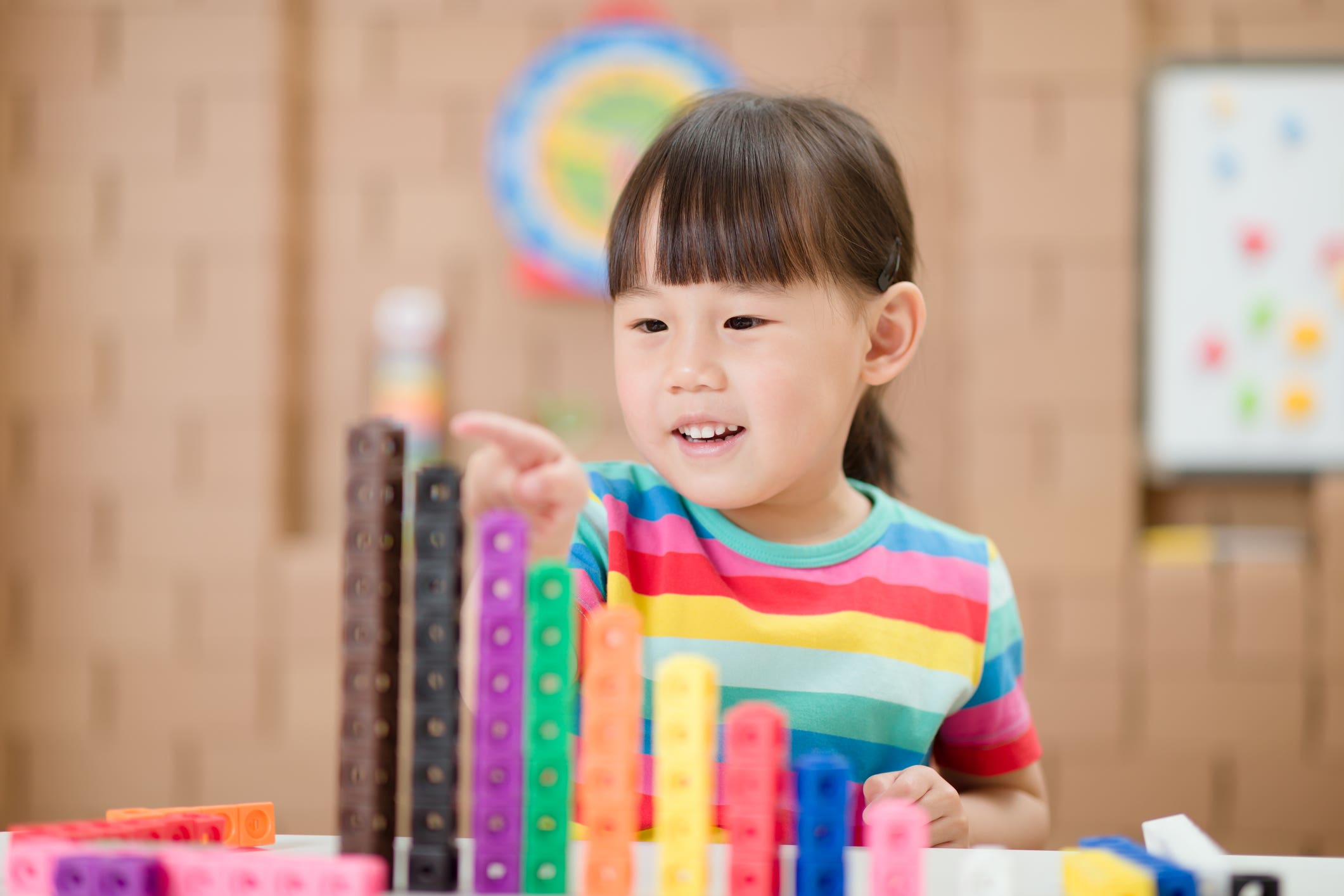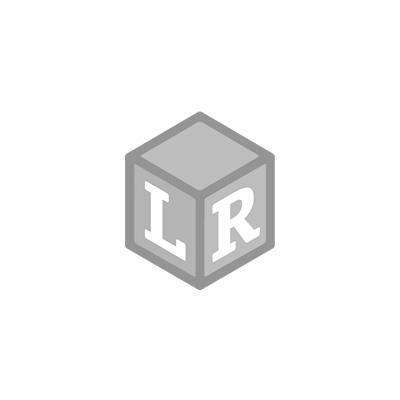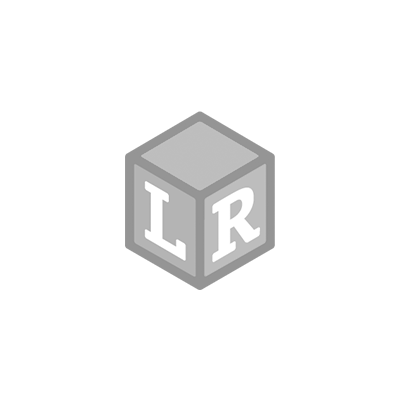All About Me Houses Printables
- Gabrielle Fischer Posted On Aug 2, 2021 | Back to School
This is a demo store. No orders will be fulfilled.


Exploring maths is fun for children and parents, but you may be wondering what maths milestones match up with other established ages and stage milestones. Foundation Years, an online resource set up by the National Children’s Bureau has a helpful guide with early years maths milestones and more which you can download.
Keep the learning going all summer long with our free activities at Camp Learning Resources!
In this blog, I will be sharing a little about Health and Safety Tips and how to implement them within a school setting. Whether you are gearing up for returning to the classroom or want to enhance your current practices within your classrooms, these tips will make for safer practices in many settings.
As an Administrator of three Preschools and a mother, Health and Safety Tips, especially in a time of Pandemic, is something we collectively all need to implement to provide the safest measures for the children, teachers, and families we provide care for. There are many ways you can support implementing Health and Safety Tips, and it all starts with educating the children, teachers, and families. Laying the foundation early on establishes excellent healthy habits that will carry on in our communities.
Health and Safety Within the School Settings:
The recent Pandemic has altered the ways schools operate entirely in regards to Health and Safety protocols. It has always been important to recognize the importance of addressing the best health and safety with the children, teachers, and families. Still, the pandemic surfaced more concern for more significant measures to protect everyone within our community. This has led to administrators and teachers working even more diligently to provide safe preventive practices in compliance with governing agencies and establish a strong foundation of teaching the children within our care how to develop skills that they can practice and carry on throughout the rest of their lives.
Why is Health and Safety Learning Important?
Even pre-pandemic, one of the many areas of concern, whether you are a parent, administrator, or teacher, is the Health and Safety Measures implemented to keep our community safe. Schools have direct contact with children for most of their day, leading to the school playing a critical role in a child’s social, psychological, physical, and intellectual development. With that in mind, schools promoting health and safety practices to establish those lifelong patterns is essential. When school’s health and safety policies are in place in compliance with governing agencies, and developmentally appropriate practices occur, they will provide for a lifetime of benefits for health, growth, and safety for the child and the community they live in.

How Can You Help Your Teachers Prepare for Health and Safety Classroom?
Properly training your teachers through constant communication is a great way to establish the standards of Health and Safety needed. From the beginning providing School Policies and Procedures within your setting is an excellent way to form the way you operate with clear communication and structure. To continue upholding your Policies and Procedures, whether you hold monthly meetings, weekly emails, attend training virtually or in person, constantly providing resources to uphold best practices are great principles to set continuously.
Maintaining education through the resources and mandates provided by governing agencies such as the CDC, DSS Licensing, Public Health Department, or School Districts is a great starting point to establish a framework of criteria. From there on out, joining the local, state, and national organizations that provided training through conferences, workshops, webinars, or courses is an effective way to get even more information on applying it within your schools.
Providing stations for teachers to have direct access to using every day, such as Learning Resources Create-a-Space™ Sanitizer Station with cleaning and disinfecting products, hand sanitizer, gowns, masks, first aid kits, and thermometers are great tools to maintain healthy and safe practices. Along with providing Mesh Washing Bags to keep toys germ-free and clean.
What Might Health and Safety Look Like in a Child’s Classroom?
Health and Safety Measures overall are pretty standard within the school settings. How a Teacher implements teaching Health and Safety within the classroom depends on the school’s philosophy and what is developmentally appropriate within each age group of the classrooms. Nevertheless, how schools and teachers implement these practices is by hands-on learning (doing the task, role play, activities that extend a concept) and constant communication (books, songs, and circle time.)
Children heavily rely on consistency, meaning things happen pretty much at the same time every day, such as washing their hands before they eat, after diaper changing/toileting, and so on. They also learn and retain information best by doing. Therefore the more opportunities they have, such as doing a science activity where they learn about washing germs off their hands, reading a book about eating nutritious food followed by inviting the child to play with Learning Resources Magnetic Healthy Foods, learning a song about safety (stop, drop and roll), having allotted exercising time with Ready, Set, Move™ Classroom Activity Set, or practicing washing a baby doll. All these continuous exposures provide lifelong skills and knowledge about health and safety in a child’s world.
There is so much power in providing intentional experiences for children to learn about health and safety as a community. As educators, we are great role models that can provide for so many meaningful moments that will inspire a child to become more aware of the importance of health and safety for themselves and those around them.
Setting up the child’s environment with materials such as Create-a-Space™ Storage Center or Mini Bundle with hand sanitizer (supervised when used) and face masks, 20-Second Hand Wash Timer near their sink, and Healthy Hands Pocket Chart to help the child feel encouraged to continue to practice and maintain these skills.

How to continue Health and Safety Tips within the Home?
The child’s first educator is the parent, and it all starts within the home. Schools are essentially a child’s second home, and as educators, our goal is to bridge the two together to provide the most optimal healthy and safe learning environment. Being on the same page by giving the same language and routines provides a child with consistency and the capability to successfully attain these essential life skills. Therefore using one another as resources through communication is a great way to establish the same practices within the home.
Writer’s Bio
Yasmeen Sallam is a Mom of one (Two-Year-Old) and a Preschool Administrator who holds a Bachelor of Science in Business Administration with a focus on Human Resources & Marketing, a minor in Human Development specializing in Early Childhood Education, as well as a Master of Science in Early Childhood Education. With 20 years of combined experience in the classroom and administration, she believes children thrive in an environment filled with intention, beauty, curiosity, and wonder. Her goal is to provide resources to empower educators, parents, and anyone for all things Early Childhood. See more of her invitations on Instagram @tinkerwonderplay and over on her blog, Tinkerwonderplay.
In this blog, I will be sharing a little about Health and Safety Tips and how to implement them within a school setting. Whether you are gearing up for returning to the classroom or want to enhance your current practices within your classrooms, these tips will make for safer practices in many settings.
As an Administrator of three Preschools and a mother, Health and Safety Tips, especially in a time of Pandemic, is something we collectively all need to implement to provide the safest measures for the children, teachers, and families we provide care for. There are many ways you can support implementing Health and Safety Tips, and it all starts with educating the children, teachers, and families. Laying the foundation early on establishes excellent healthy habits that will carry on in our communities.
Health and Safety Within the School Settings:
The recent Pandemic has altered the ways schools operate entirely in regards to Health and Safety protocols. It has always been important to recognize the importance of addressing the best health and safety with the children, teachers, and families. Still, the pandemic surfaced more concern for more significant measures to protect everyone within our community. This has led to administrators and teachers working even more diligently to provide safe preventive practices in compliance with governing agencies and establish a strong foundation of teaching the children within our care how to develop skills that they can practice and carry on throughout the rest of their lives.
Why is Health and Safety Learning Important?
Even pre-pandemic, one of the many areas of concern, whether you are a parent, administrator, or teacher, is the Health and Safety Measures implemented to keep our community safe. Schools have direct contact with children for most of their day, leading to the school playing a critical role in a child’s social, psychological, physical, and intellectual development. With that in mind, schools promoting health and safety practices to establish those lifelong patterns is essential. When school’s health and safety policies are in place in compliance with governing agencies, and developmentally appropriate practices occur, they will provide for a lifetime of benefits for health, growth, and safety for the child and the community they live in.

How Can You Help Your Teachers Prepare for Health and Safety Classroom?
Properly training your teachers through constant communication is a great way to establish the standards of Health and Safety needed. From the beginning providing School Policies and Procedures within your setting is an excellent way to form the way you operate with clear communication and structure. To continue upholding your Policies and Procedures, whether you hold monthly meetings, weekly emails, attend training virtually or in person, constantly providing resources to uphold best practices are great principles to set continuously.
Maintaining education through the resources and mandates provided by governing agencies such as the CDC, DSS Licensing, Public Health Department, or School Districts is a great starting point to establish a framework of criteria. From there on out, joining the local, state, and national organizations that provided training through conferences, workshops, webinars, or courses is an effective way to get even more information on applying it within your schools.
Providing stations for teachers to have direct access to using every day, such as Learning Resources Create-a-Space™ Sanitizer Station with cleaning and disinfecting products, hand sanitizer, gowns, masks, first aid kits, and thermometers are great tools to maintain healthy and safe practices. Along with providing Mesh Washing Bags to keep toys germ-free and clean.
What Might Health and Safety Look Like in a Child’s Classroom?
Health and Safety Measures overall are pretty standard within the school settings. How a Teacher implements teaching Health and Safety within the classroom depends on the school’s philosophy and what is developmentally appropriate within each age group of the classrooms. Nevertheless, how schools and teachers implement these practices is by hands-on learning (doing the task, role play, activities that extend a concept) and constant communication (books, songs, and circle time.)
Children heavily rely on consistency, meaning things happen pretty much at the same time every day, such as washing their hands before they eat, after diaper changing/toileting, and so on. They also learn and retain information best by doing. Therefore the more opportunities they have, such as doing a science activity where they learn about washing germs off their hands, reading a book about eating nutritious food followed by inviting the child to play with Learning Resources Magnetic Healthy Foods, learning a song about safety (stop, drop and roll), having allotted exercising time with Ready, Set, Move™ Classroom Activity Set, or practicing washing a baby doll. All these continuous exposures provide lifelong skills and knowledge about health and safety in a child’s world.
There is so much power in providing intentional experiences for children to learn about health and safety as a community. As educators, we are great role models that can provide for so many meaningful moments that will inspire a child to become more aware of the importance of health and safety for themselves and those around them.
Setting up the child’s environment with materials such as Create-a-Space™ Storage Center or Mini Bundle with hand sanitizer (supervised when used) and face masks, 20-Second Hand Wash Timer near their sink, and Healthy Hands Pocket Chart to help the child feel encouraged to continue to practice and maintain these skills.

How to continue Health and Safety Tips within the Home?
The child’s first educator is the parent, and it all starts within the home. Schools are essentially a child’s second home, and as educators, our goal is to bridge the two together to provide the most optimal healthy and safe learning environment. Being on the same page by giving the same language and routines provides a child with consistency and the capability to successfully attain these essential life skills. Therefore using one another as resources through communication is a great way to establish the same practices within the home.
Writer’s Bio
Yasmeen Sallam is a Mom of one (Two-Year-Old) and a Preschool Administrator who holds a Bachelor of Science in Business Administration with a focus on Human Resources & Marketing, a minor in Human Development specializing in Early Childhood Education, as well as a Master of Science in Early Childhood Education. With 20 years of combined experience in the classroom and administration, she believes children thrive in an environment filled with intention, beauty, curiosity, and wonder. Her goal is to provide resources to empower educators, parents, and anyone for all things Early Childhood. See more of her invitations on Instagram @tinkerwonderplay and over on her blog, Tinkerwonderplay.
 Shop UK Site
Shop UK Site 